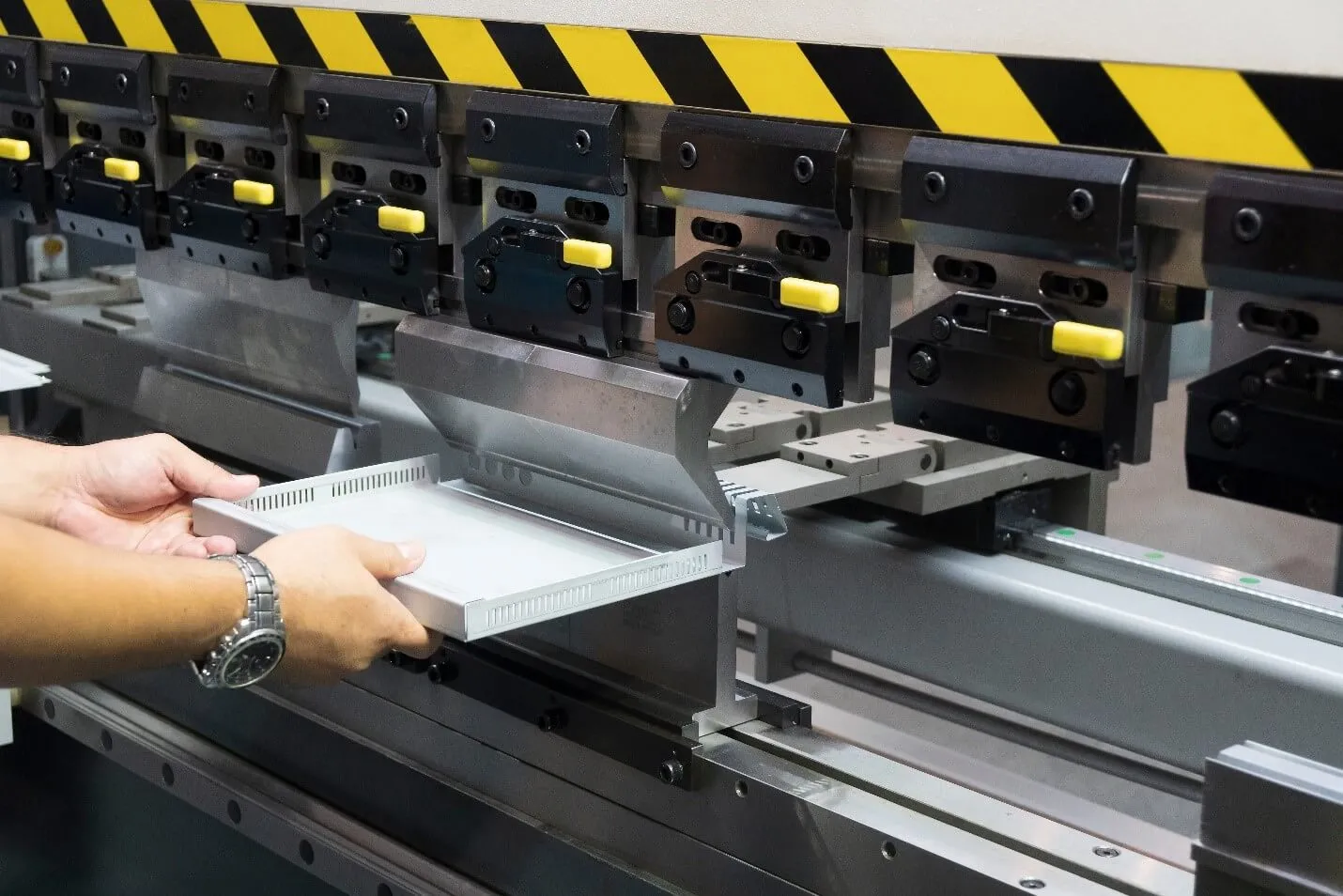
The Door Frame Rolling Machine Revolutionizing Construction and Manufacturing
In the ever-evolving landscape of construction and manufacturing, efficiency and precision are paramount. One of the remarkable innovations facilitating these goals is the door frame rolling machine. This machine has transformed how door frames are produced, enabling manufacturers to streamline their processes while maintaining high quality.
What is a Door Frame Rolling Machine?
A door frame rolling machine is a specialized piece of equipment designed to create door frames from sheet metal. This machine operates by feeding flat metal sheets through a series of rollers that gradually shape the metal into the desired frame profile. The flexibility of the machine allows it to produce various types of door frames, including those used for residential, commercial, and industrial applications.
How It Works
The door frame rolling machine employs a series of rollers strategically positioned to bend and form the metal sheets. The process begins with the loading of flat steel or aluminum sheets into the machine. As the metal moves through the rollers, it is progressively formed into the profile of a door frame. The design of the rollers can be customized to produce different frame shapes and sizes, making the machine adaptable to a variety of production needs.
Furthermore, many modern door frame rolling machines are equipped with advanced technology, including CNC (Computer Numerical Control) systems. This allows for precise adjustments to be made in real-time, ensuring that every frame produced meets exact specifications. Automation features can reduce manual labor, minimize errors, and significantly increase production speed.
Advantages of Using a Door Frame Rolling Machine

1. Efficiency The door frame rolling machine dramatically speeds up production times compared to traditional methods. By automating the process, manufacturers can produce more frames in less time, leading to increased output.
2. Cost-Effectiveness While the initial investment in a door frame rolling machine may be substantial, the long-term savings in labor costs and material wastage make it a financially sound choice. Precision manufacturing reduces scrap metal, as the machine can be calibrated to utilize sheets optimally.
3. Quality and Consistency One of the most significant benefits of using a rolling machine is the enhanced quality of the finished product. The automated process minimizes human error, and the advanced technologies ensure that each frame adheres to strict quality standards. Consistent production quality is essential for maintaining brand reputation in competitive markets.
4. Versatility Door frame rolling machines can be designed to accommodate various frame types, including those for single or double doors, metal frames, and even specialized configurations. This versatility makes them suitable for diverse applications across different sectors.
5. Space-Saving Design Many of the newer models of door frame rolling machines are designed with compact frameworks, making them suitable for facilities with limited floor space. This feature allows manufacturers to maximize their operational area without sacrificing productivity.
Conclusion
The door frame rolling machine stands at the forefront of modern manufacturing technology, offering numerous advantages that have reshaped the industry. As demand for custom and high-quality door frames continues to rise, these machines provide a crucial solution that meets both production and quality requirements. With ongoing advancements in technology, the future of door frame manufacturing looks promising, making the door frame rolling machine an invaluable asset for construction and manufacturing businesses. By investing in such machinery, companies can not only enhance their operational efficiency but also secure a competitive edge in a rapidly changing market.